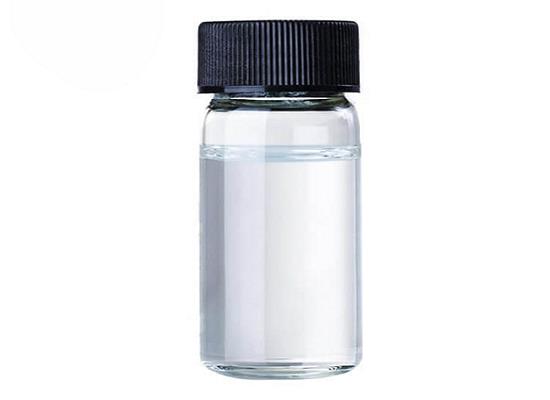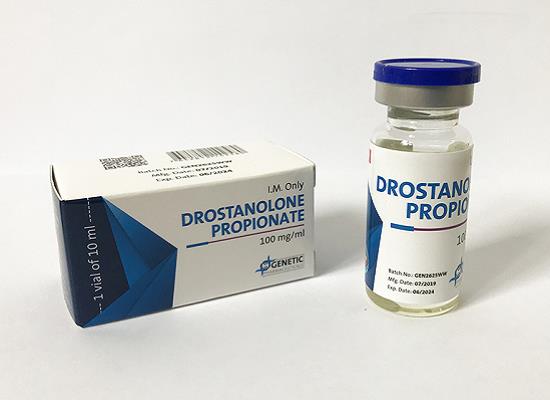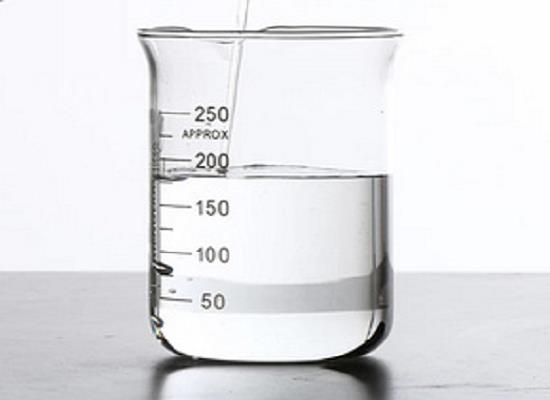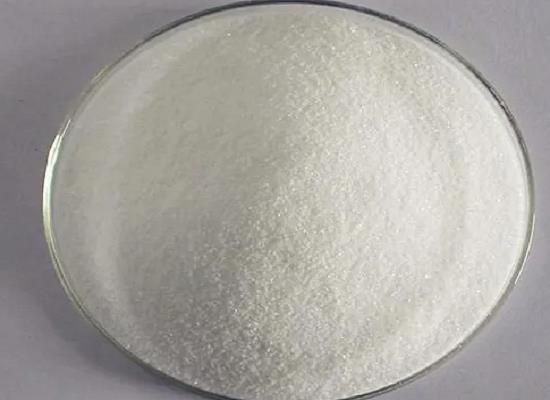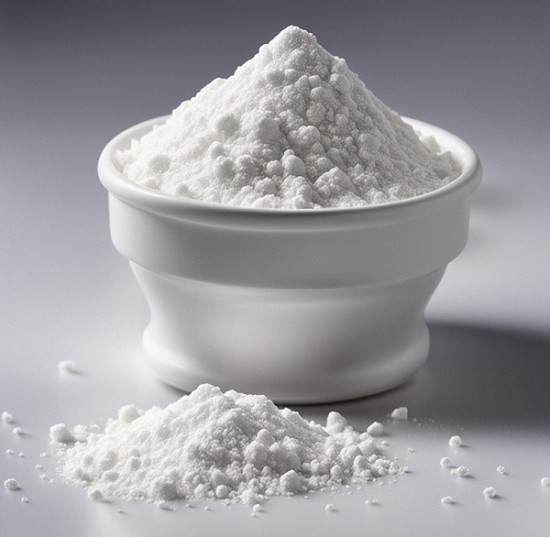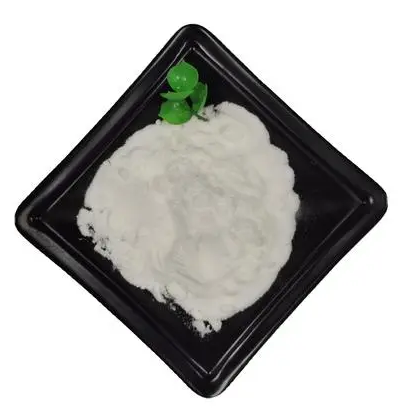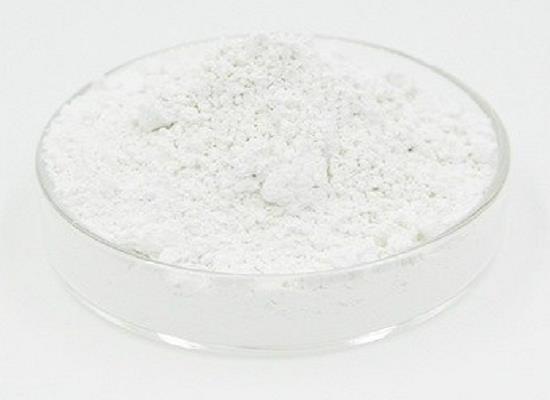Active Pharmaceutical Ingredients (API), popularly speaking, are the raw materials of medicines, only pharmaceutical raw materials are processed into pharmaceutical preparations , can they become medicines available for clinical use, so drugs we usually eat are the finished drugs through processing. Active Pharmaceutical Ingredients based on its sources can be divided into two major categories ,including chemical synthetic drugs and natural chemical drugs. Chemical synthetic drugs can be divided into organic synthetic drugs and inorganic synthetic drugs. Inorganic synthetic drugs are inorganic compounds ( very few is element), such as aluminum hydroxide, magnesium trisilicate which are used for the treatment of gastric and duodenal ulcers ; organic synthetic drugs are mainly composed of drugs made by basic organic chemical raw materials, through a series of organic chemical reactions (such as aspirin, chloramphenicol, caffeine, etc.). Natural chemical drugs ,based on its sources,can be divided into two categories including biochemical drugs and plant chemical drugs. Antibiotics are generally made by the microbial fermentation, which belongs to the biochemistry category. A variety of semi-synthetic antibiotics occurs in recent years,which are biosynthesis and chemical synthesis combining products.Among active Pharmaceutical Ingredients, the organic synthetic drugs varieties, yields and values have the largest proportion,which are the main pillars of the chemical and pharmaceutical industries. The quality of active Pharmaceutical Ingredients decides whether the formulation is good or bad , so its quality standards are very strict ,countries in the world have developed national pharmacopoeia standards and strict quality control methods for its widely used active Pharmaceutical ingredients.
1-Octadecene: applications and safety
1-Octadecene is a versatile compound with applications in ferrofluids, nanomaterial synthesis, and liquid chromatography, but it can cause skin irritation.
Nov 16,2023 APIDrostanolone propionate: mechanism of action, clinical applications and side effects
Drostanolone propionate is used for breast cancer treatment and by bodybuilders for its anabolic effects, but requires medical supervision due to potential side effects.
Nov 16,2023 API1H,1H,2H,2H-Perfluorodecyltriethoxysilane: properties, applications and safety
1H,1H,2H,2H-Perfluorodecyltriethoxysilane offers unique surface modification properties, including hydrophobicity, adhesion, low surface energy, and exceptional stability.
Nov 16,2023 APIL(+)-Rhamnose monohydrate: origin, activities and applications
L(+)-Rhamnose monohydrate is a versatile natural sugar with prebiotic, antimicrobial, and therapeutic properties used in various industries.
Nov 16,2023 API1-Adamantanamine hydrochloride:an antiviral substance
1-Adamantanamine hydrochloride is a synthetic organic compound with highly soluble, relatively non-toxic, and biologically stable
Nov 16,2023 APIIntroduction and Uses of NADP sodium salt
NADP sodium salt is a nicotinamide adenine dinucleotide, a redox cofactor. NADP sodium salt is also an energy sensor, signalling molecule, redox couple and plays an important role in plant metabolism,
Nov 16,2023 API1,3-Bis (2,6-diisopropylphenyl) imidazolium chloride: properties, applications and safety
1,3-Bis(2,6-diisopropylphenyl)imidazolium chloride is a valuable tool in organic synthesis but requires cautious handling.
Nov 16,2023 APIPhenylurea: properties, applications and safety
Phenylurea has versatile applications but requires proper handling and disposal due to its toxicity.
Nov 16,2023 API3-(1-Pyridinio)-1-propanesulfonate: properties, applications and safety
3-(1-Pyridinio)-1-propanesulfonate has versatile applications but requires proper safety precautions when handling.
Nov 16,2023 APISildenafil: mechanism of action, clinical applications and safety
Sildenafil is a safe and effective medication for erectile dysfunction and pulmonary arterial hypertension, improving blood flow and promoting smooth muscle relaxation.
Nov 16,2023 API



